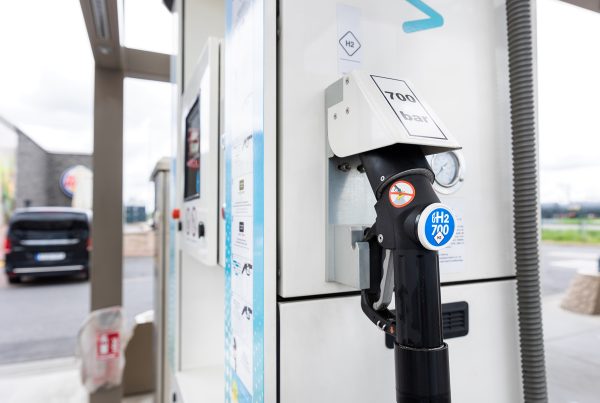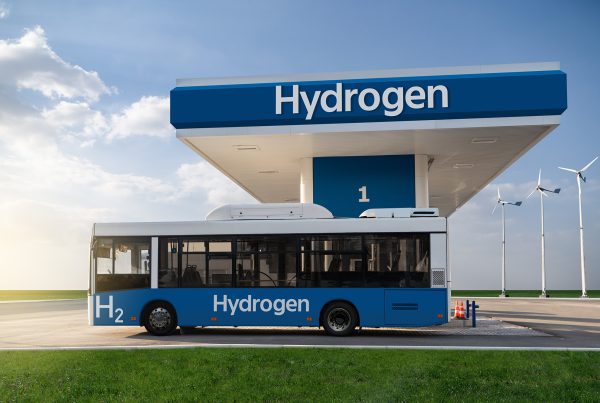机器人 & 仓储自动化
2024-01-16
为什么跨国仓储自动化供应商在中国表现遇冷?

IRENE ZHANG
Irene拥有应用经济学硕士学位,具备七年行业研究和跨国并购经验。在加入Interact Analysis之前,Irene曾在一家专注于投资全球半导体公司的私募股权公司工作。Irene将运用她的专业知识和经验,为仓储自动化领域的客户提供准确的市场分析和洞察,帮助他们做出明智的决策。
The majority of Western warehouse automation vendors that have entered the Chinese market haven’t been successful and there are a number of contributing factors to this failure. Between 2018 and 2022, the share of China’s warehouse automation revenues generated by non-domestic system integrators declined from 40% to 19%. One of the main reasons for this is that international vendors often don’t have a detailed and nuanced understanding of the market structure and the factors driving its growth.
Given that Chinas is forecast to account for the largest amount of revenue growth between 2022 to 2027, it’s more important than ever for automation vendors to gain a clear understanding of the market as a whole. Within this insight, we’ll explore why international vendors have often failed in China, followed by the four key factors driving the Chinese warehouse automation market.
Why international warehouse automation vendors fail in China
When it comes to China, the elephant in the room is pricing. International warehouse automation vendors are often far more costly than local domestic vendors. However, the answer is a little more nuanced than just cost.
There are several additional factors which result in international warehouse automation vendors struggling in China:
- Industry Definitions: In many cases, the Chinese warehouse automation market uses different terminology for equipment and solutions.
- Government Subsidies: Many domestic vendors make use of lucrative government subsidies. However, as we’ll discuss later in the insight, these subsidies aren’t restricted to domestic vendors.
- The shift towards mobile automation: While many international warehouse automation vendors focus on fixed automation, we’re seeing far greater demand for mobile automation solutions, which are often supplied by domestic vendors.
Unpacking the nuances – 4 key factors driving the market
In order to gain a more holistic understanding of the Chinese warehouse automation market, the first thing to understand is what’s driving demand. In most developed countries, the growth of warehouse automation is primarily driven by two key factors: rising labor costs and the expanding e-commerce market. This is partially true for China, although our research highlights additional factors, which in many cases are specific to the country.
While labor costs in China have seen an in recent years, abundant labor supply in the Chinese market has offset the impact. Based on our research involving 68 warehouse automation suppliers in China and 50 automation end customers, we have identified four key factors driving the development of warehouse automation in China:
- First and foremost,the significant growth of e-commerce has greatly accelerated investment in warehouse automation. This expansion is not limited to e-commerce giants like Taobao, JD.com, and Vipshop, as delivery companies have also made substantial investments in warehouse automation over the past five years. Chinese warehouse automation suppliers such as Wayzim and China Post Technology have experienced rapid growth during this period.
- The swift development of the new energy industry has also led to significant investments in warehouse automation. Our research shows that, over the past five years, warehouse automation investments in the segment have witnessed remarkable growth, recording a compound annual growth rate (CAGR) of 22.5%. In 2022, China accounted for over half the global market share of power battery production capacity, with six of the top 10 power battery manufacturers worldwide based in China (Interact Analysis: Li-Ion Battery and Manufacturing Equipment Market Tracker). New energy clients such as BYD and CATL are investing heavily in their warehouses.
- Further localizing the local supply chain allows local Chinese suppliers to lower product prices. On the one hand, this increases the market competitiveness of local companies’ products, and on the other hand, it stimulates customer demand and accelerates the adoption of automation in China. Our research shows that an increasing number of core supply parts, such as sensors and PLCs, are partly produced locally and this has led to a reduction in equipment prices which is making Chinese customers realize a return on investment in a shorter time.
- Lastly, Government subsidies have played a role in supporting industry growth. Our analysis found that on average, 20% of net profits of domestic vendors came from government subsidies in 2022. The Chinese government’s focus on developing the warehouse automation industry has had a significant impact. Notably, the companies studied were Chinese suppliers, but insights from local experts suggest that international companies operating in China can also access comparable government subsidies on an equal basis. This implies that both domestic and international warehouse automation suppliers in China have the potential to receive government support in the form of subsidies.
Our recently published report on the Chinese warehouse automation market provides a plethora of information, coupled with actionable and strategic recommendations for international vendors looking to enter the market. These recommendations range from using local definitions and terminology, to focusing on verticals with the least competition from domestic vendors (which we explore in more detail).
To learn more about China’s warehouse automation market and Interact Analysis’ latest report, please reach out to Irene Zhang.


